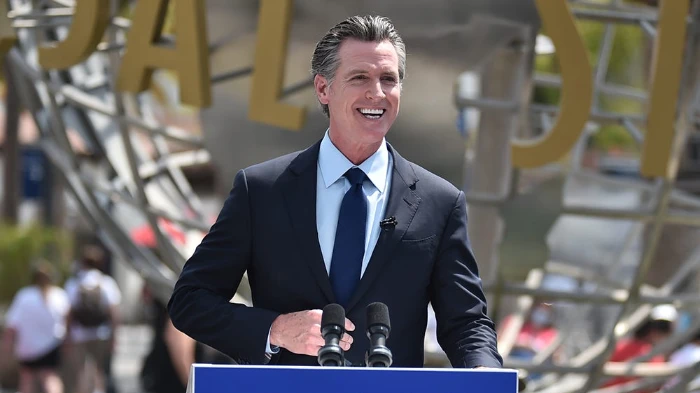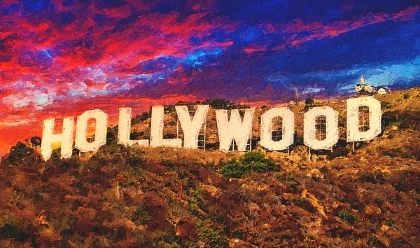California Just Doubled Film Incentives. Will It Save Hollywood?
 Abhinav Gopal
Abhinav Gopal
California just made one of its boldest plays in years: Governor Gavin Newsom and state legislators have agreed to more than double the state's film and TV tax credit program — from $330 million to $750 million annually.

This move isn't just about bringing the cameras back. It's a lifeline to an industry in freefall — and a wake-up call to every creative who's watched the heart of Hollywood slowly migrate elsewhere.
What's Actually Changing?
California's new budget deal marks the biggest expansion of film incentives in state history. Here's what's on the table:
- The annual film and TV tax credit cap is jumping from $330 million to $750 million — more than doubling the amount of available support.
- Now including animation, unscripted series, shorts, and other previously excluded formats.
- A new companion bill proposes raising the individual credit rates up to 35% for productions shot in the greater L.A. area and up to 40% for productions filmed outside of it.
In short: more money, more categories, and better odds — all designed to bring production back home. We'll see these taking effect starting July 1, 2025!
Wait, What Was It Like Before?
To understand why this expansion matters, we need to look at what California was offering before the change.
Productions received a base tax credit of 20%, or 25% if they were independent or relocating from out of state. A few small bonus credits (5–10%) could be added for things like shooting outside the 30-mile L.A. "Studio Zone", doing significant post-production or VFX work in-state, or using local labor and set construction.
But here's the catch: California's program had a tight annual cap of $330 million, and demand far outpaced supply. Productions had to enter a lottery system to even qualify for the credits.
So even if your film qualified for a 25–30% tax credit, you still might walk away with nothing — simply because the money ran out.
Why Did They Make These Changes?
Because California was bleeding productions — and jobs.
- Filming in L.A. dropped nearly 30% in five years
- Only 1 in 5 North American scripted shows are still shot in-state
- Other regions (Georgia, New York, the UK) offered better, more reliable incentives
As work dried up, so did opportunities for crew, post houses, and local vendors. Union leaders warned of "Depression-era" conditions across the industry.
The new tax credit isn't just about winning projects back — it's about keeping Hollywood alive.

"California didn't earn its role as the heart of the entertainment world by accident — it was built over generations by skilled workers and creative talent pushing boundaries. Today's awards help ensure this legacy continues…"-- Gavin Newsom
Will It Work?
California's new incentives are its boldest effort yet — but success isn't guaranteed. Here's why:
Pros:
- Tax credit cap doubled from $330M to $750M, boosting available funding
- Higher credit rates (up to 40%) make filming more financially attractive
- Expanded eligibility to animation, unscripted, and shorts opens the door to more projects
- Strong bipartisan and union support adds political momentum
Challenges:
- The lottery system and annual cap may still limit some productions
- Competing states offer uncapped, guaranteed credits, giving them an edge
- California's large budget deficit raises concerns about long-term funding
- Many believe federal incentives are needed to truly level the playing field nationally
Bottom line: California is making a serious push to bring productions home — but only time will tell if it's enough.